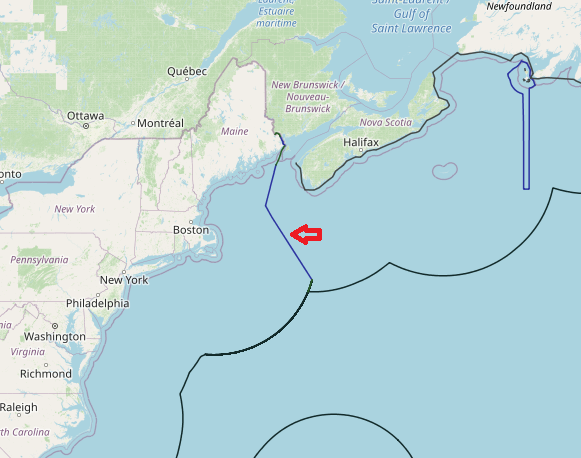Canada has one of the world’s longest coastlines and a vast maritime domain, making maritime security and law an important part of the nation’s overall security. To understand how Canada is navigating its maritime law and security in the 21st century, it is important to consider the various regulations, challenges, and solutions that are implemented in the country. This article will explore the regulations, challenges, and modern solutions that are used to ensure the safety and security of Canadian waters.
View More Navigating Maritime Law and Security in CanadaNavigating Maritime Law and Security in Canada
IILSS 18th September 2023
Are there any disputes between Canada and the United States?Canadacanada continental shelf mapcanada eez mapcanada internal waters mapCanada maritime boundaries mapCanada maritime zoneCanada straight baseline claimscanada territorial waters mapCanada's Coastal Gems: Unveiling 10 Enchanting IslandsCanada's Maritime SecurityCanada's Maritime Security PrioritiesCanada's Role in the Law of the SeasChallenges in Canada Maritime GovernanceDiscover Canada's Captivating Coastal Gems: 10 Idyllic Islands for a Seafaring AdventureDo people live in Hudson Bay Canada?Do people live on Baffin Island Canada?Embark on an Unforgettable Seafaring Journey in CanadaExploring Canada's Maritime Matters in Law of the Seas and SecurityIs Beaufort Sea in Canada?Maritime Law in CanadaNavigating Canadian WatersNavigating Maritime Law and Security in Canada


